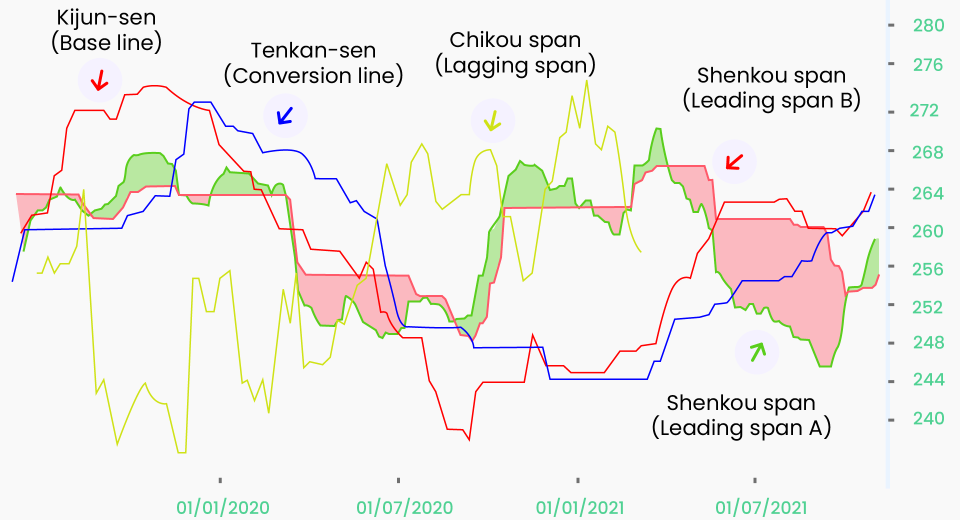How to Trade Out of Hours?

Traders are always on the lookout for opportunities to make the most of market volatility. Out-of-hours trading is an extended period of trading that takes place outside the standard session. Previously available only for institutional investors, out-of-hours trading was introduced to individuals in June 1999 by NASDAQ, the world’s busiest exchange. Now, many exchanges around the world offer this.
After-hours trading is carried out virtually via electronic communication networks (ECN) when the exchange remains closed.
The Three Extra Trading Sessions
Trading sessions outside the working hours of an exchange are classified as:
Post-Market
Also called the after-hours session, this lasts for a few hours after the exchange has closed for the trading day. The number of hours is different for different exchanges.
Pre-Market
The pre-market session begins at dawn, around 5:00am, and closes when the trading day begins. See table below for more details.
Weekend
Weekend sessions are short-duration sessions that allow out-of-hours trading for a few hours on Saturdays and/or Sundays. Some exchanges open special trading sessions on festivals. These fall under this category as well.
List of After-Hours on Popular Exchanges
Here are the pre- and post-session timings of the most popular exchanges:
| Exchange | Pre-Market Timings | Post-Market Timings |
| NASDAQ (USA) | 4am to 9:30am EST | 4pm to 8pm EST |
| NYSE – New York Stock Exchange (USA) | 4am and 9:30am ET | 4pm to 8pm ET |
| LSE – London Stock Exchange (UK) | 5:05am to 7:50am GMT | 4:40pm to 5:15pm GMT |
| Shanghai Stock Exchange (China) | 9:15am to 9:25am JST | NA |
| Bombay Stock Exchange | 9:00am to 9:15am IST | 3:40pm to 4:00pm IST |
Benefits of Trading During Off-Hours
Traders can use the off-hours to get ahead in the game. Here are some advantages of trading off-hours.
Trade the News
Financial markets react to news like economic data releases, company takeovers, bankruptcy filings, earnings reports. These announcements may be made during market off-hours. Premarket and after-hours trading allow traders to take advantage of the opportunities while the markets digest the news.
Added Flexibility
The off-peak hours offer more flexibility, as traders can place orders when its most convenience. Often traders find time for analysing charts before or after their working day. Premarket and after-hours trading offers the opportunity to take advantage of price fluctuations beyond their working hours. Premarket trading also allows traders to gauge any overnight change in sentiment.
Prepare for the Day Trading Session
Experienced traders use the premarket trading hours to plan their trades. For instance, if a trader expects the price of a security to decline, they can sell it ahead of the slump and hedge against losses.
Limitations of Out-of-Hours Trading
Here are a few things to consider about after-hours trading:
- Not all instruments are available for trading during these sessions. So, traders will need to check if their assets in their portfolio are available for off-hours trading.
- Traders can place only limit buy and limit sell orders, and not market orders, in these sessions.
- The number of market participants is limited during these sessions, which impacts liquidity and may result in wider spreads and slippage.
- During the after-hours, only certain factors can trigger extreme volatility, which means that the potential for gains is limited.
- Institutional investors and market makers are more active in off-hours trading, which may pose some challenges for retail traders.
Out-of-Hours Trading Strategies
Here are some popular after-hours trading strategies:
Breakout Trading
After a strong price action in any direction, the market stabilises and there is a period of consolidation. These periods may occur before an important announcement. Such consolidation periods are followed by breakouts, immediately after the announcement, irrespective of whether the trading session is open. Some traders make their move in the off-hours to capitalise on the price movement before other market participates wake up. This way, they can exploit the full span of price movements following the news. Traders typically use Bollinger Bands (BBs) and average true range (ATR) to trade the news.
Hedging Gap Risk
This is a premarket trading strategy. Often the price of an asset may be different when the market closes one session and opens in the next trading session. There could be many reasons for this, including geopolitical events, company news, and natural calamities. Traders who hold positions overnight run the risk of incurring higher losses than their risk management technique is set at. Seasoned traders use the off-hours to hedge against the losses they may not be able to control when the market opens.
Trading Macro-Events
Events such as acquisitions and bankruptcy filings often take place on the last working day of the week. Stock prices may become highly volatile when the market opens next Monday, especially when the events deviate significantly from expectations. Traders who can speculate a wide price gap and higher volatility may take positions over the weekend.
Trading during regular and out-of-hours involves some amount of risk. Therefore, traders must practise on a demo account and develop a strong risk management plan before trading the live markets.
To Sum Up
- Off-hour trading increases the number of opportunities that traders can take advantage of.
- Traders must know the timings of different exchanges when planning out-of-hours trading.
- Traders can place only limit orders, rather than market orders during premarket and after-hours trading.
- Pre-market, post-market, and weekend trading allow traders to react faster to a news update.
- Trading during the off-hours offers traders the flexibility to trade at timings that are most convenient for them.
- Traders must remember that lower liquidity can result in slippage.
Disclaimer:
All data, information and materials are published and provided “as is” solely for informational purposes only, and is not intended nor should be considered, in any way, as investment advice, recommendations, and/or suggestions for performing any actions with financial instruments. The information and opinions presented do not take into account any particular individual’s investment objectives, financial situation or needs, and hence does not constitute as an advice or a recommendation with respect to any investment product. All investors should seek advice from certified financial advisors based on their unique situation before making any investment decisions in accordance to their personal risk appetite. Blackwell Global endeavours to ensure that the information provided is complete and correct, but make no representation as to the actuality, accuracy or completeness of the information. Information, data and opinions may change without notice and Blackwell Global is not obliged to update on the changes. The opinions and views expressed are solely those of the authors and analysts and do not necessarily represent that of Blackwell Global or its management, shareholders, and affiliates. Any projections or views of the market provided may not prove to be accurate. Past performance is not necessarily an indicative of future performance. Blackwell Global assumes no liability for any loss arising directly or indirectly from use of or reliance on such information herein contained. Reproduction of this information, in whole or in part, is not permitted.




